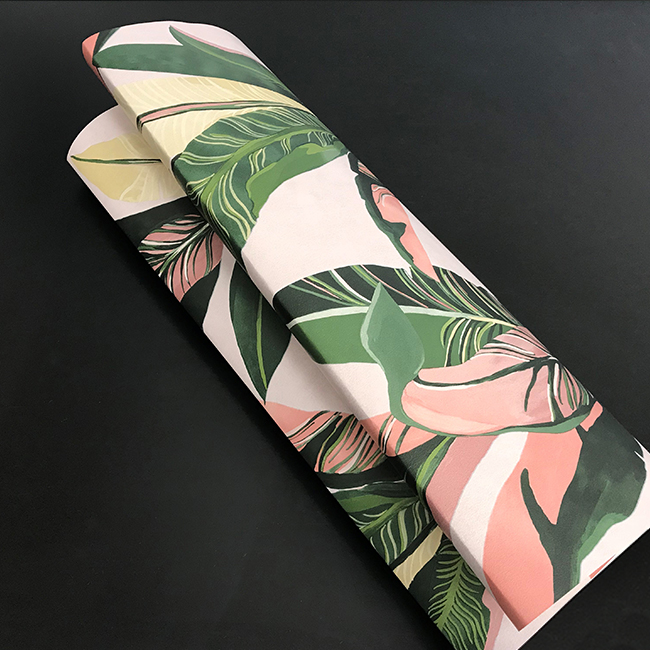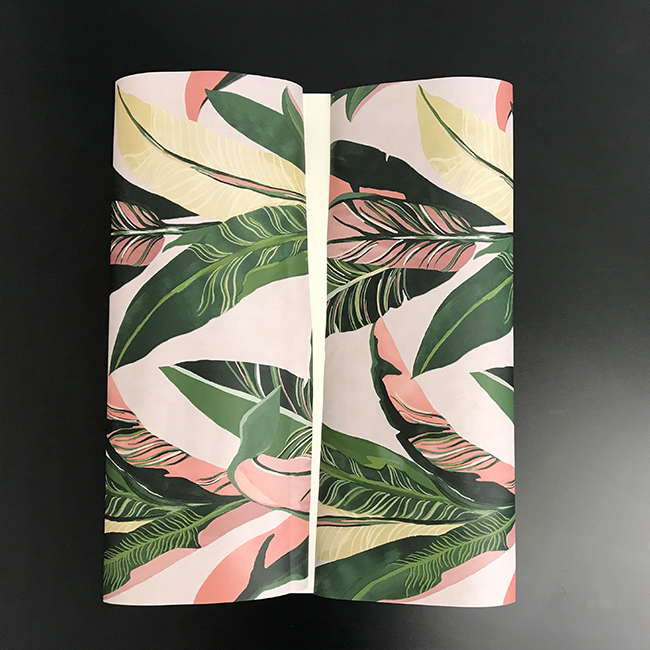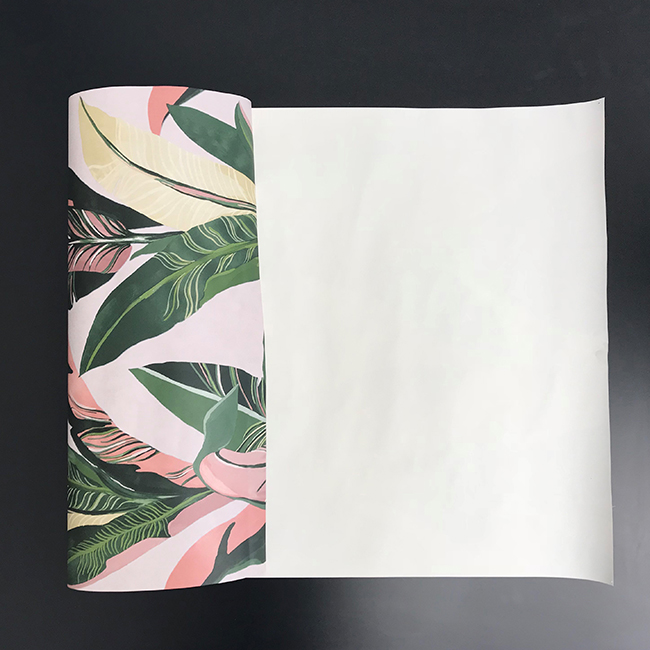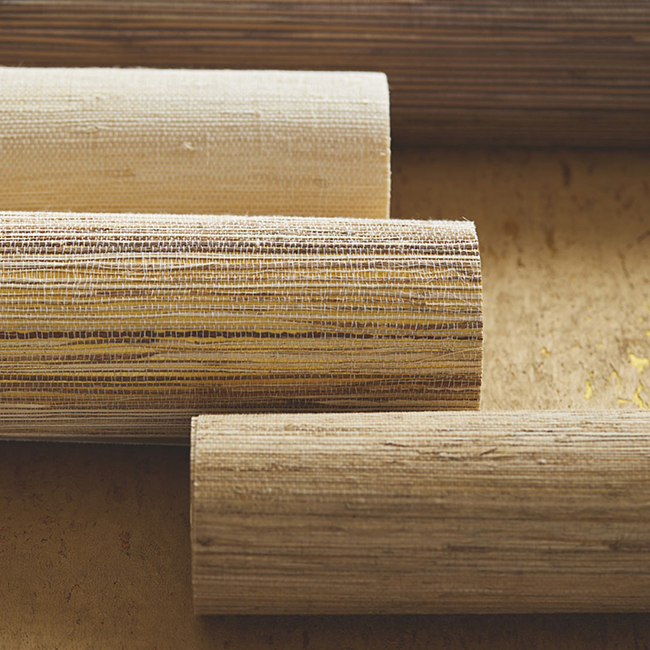Wallcoverings have made a comeback in recent years. They’re a great way to add color, texture and a polished aesthetic to any space. Recent improvements, like non-woven backings, have made wallcovering easier than ever to install and REMOVE!
That being said, a lack of education around installation methods, or choosing the wrong wallcovering for a space, can still lead to unexpected problems.
Here’s the good news: these problems can be avoided with the right preparation and know-how. To avoid the common pitfalls of installing, we’re sharing five tips to help.
1. Choose a qualified installer
Finding a great installer can be tricky. You should be confident that they know how to tackle all types of wallcoverings. But even years of experience doesn’t guarantee an installer will be qualified to hang every type of paper.
Asking the right questions can make all the difference. Since wallcovering constructions change all the time, ask for references and recent samples of their work. You’ll also want to find out whether they are a member of any wallcovering associations, and how they keep up-to-date on changing constructions and trends.
2. Measure twice, cut once
Having the installer measure beforehand will help ensure there’s enough wallcovering for the installation itself, plus any replacements required for future repairs. The installer should always measure in strips rather than square footage, carefully deducting for doors and windows.
Always order a little more than you need. An extra roll is a good idea for replacement in case a portion of the wallcovering is damaged during or after the hanging process. Just be aware that since wallcovering is made in dye lots, the color may vary significantly from dye lot to dye lot.
3. Bookending
Bookending is the process of folding the glued paper underside-in to allow the glue to activate properly before hanging. Wallcovering expands when moisture is added, which includes—and in most cases comes from—the glue itself.
Bookending for a few minutes helps reduce the bubbling caused by uneven glue distribution. It also allows the wallcovering to expand and contract before hanging. Otherwise, the seams often shrink once the paper contracts, leaving an unsightly space between each strip.



4. Always use a wallpaper primer or wall size
Every wall is unique based on its environment. For instance, a drier wall will most likely absorb more glue, making it trickier to move the paper into its desired position. Or worse, it will not leave enough glue on the surface to adhere the paper to the wall.
In these conditions, sizing your wall will bring the surface to a neutral state so that it’s ready to receive the wallcovering. Without applying wall size or primer the wallcovering may “bubble” during installation. Over time, these bubbles may cause stretching from overworking and make it difficult to match seams.
Choosing a wallcovering with a non-woven backing and priming or sizing the wall, which is applied like paint using a roller, ensures easier installation and removal.
5. Using natural fibers such as grasscloth
Natural fiber wall coverings have increased in popularity over the last several years. These eco-friendly and tactile materials present some unique attributes. Awareness of these properties and how to work with them, will ensure a long-lasting installation and happy clients.
- Natural fibers, particularly in darker colors, are more susceptible to fading. The amount of direct sunlight in a room should be a consideration. Shade variation is expected and considered party of the unique beauty of natural fiber wallcoverings. To create a pleasing shade variation, the installer should map out each strip before hanging. Always follow the instructions, and reverse-hang if directed.
- Expect that natural fiber wallcoverings will have more pronounced seams, as the fibers are unique sizes and don’t have a uniform pattern repeat.
- Natural fibers should not be used in areas that are susceptible to moisture, such as bathrooms with showers or backsplashes, as they can produce mold. Since natural wallcoverings aren’t cleanable, they are also not recommended in high-traffic areas.

Embrace wallcoverings fearlessly! Following the tips above and letting the beauty of wallcoverings shine thru, you will be thrilled with the transformation of your space into something truly elevated.















